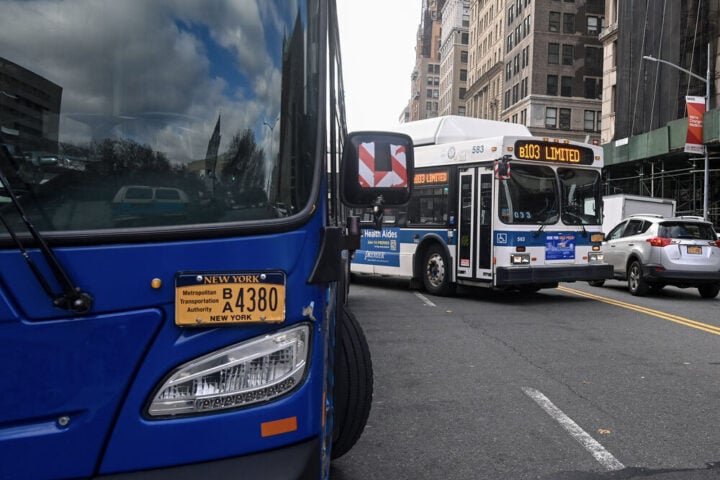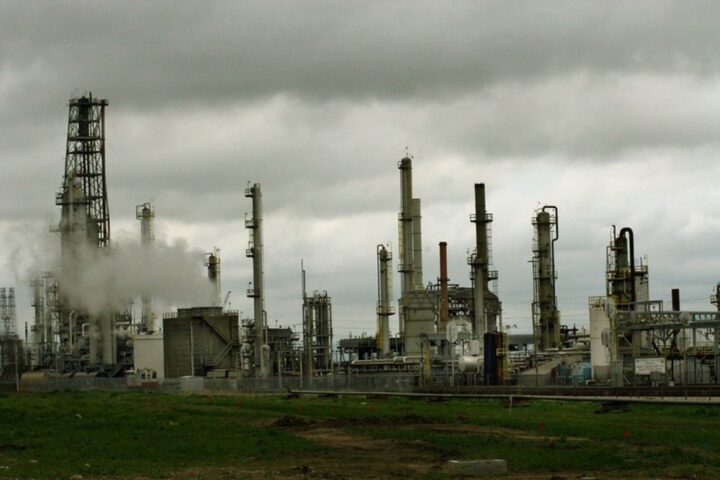Tulare Lake was once the largest body of freshwater west of the Mississippi River and covered over 1,200 square miles. Tulare Lake was home to tule elk & antelope, & Yoku hunters fished for salmon, perch, & sturgeon on rafts & canoes made from thick tule reeds. The lake was drained & covered in crops by the land barons who took over the Central Valley, turning the region into one of the nation’s most productive agricultural hubs.
Owing to runoff from several rivers draining into the valley & the state’s record snowpack melting, Tulare Lake has reappeared for the first time since 1997. As the snow melts, the flooding will only increase over the next few months, dousing the area with the equivalent of 60 inches of rain. The powerful agriculture industry of the region has compounded the flood risk around the lake by pumping enormous amounts of subterranean groundwater, turning the region into a giant bowl.
The basin’s aquifer is overdrawn by the farmers by around 820,000 acre-feet per year, far more water than Los Angeles consumes over the same period. There is an incidence of subsidence throughout California, but the problem is at its worst in the area around Tulare Lake, which is about 200 miles north of L.A. During the past half-century, some cities near the lakebed have sunk by as much as 11 feet, making homes & crops in the basin much more vulnerable to flooding than when the lake last appeared 35 years ago.
As the land subsides, the levees & channels that control flooding are becoming less effective. Much of the southern San Joaquin Valley was transformed each spring into a marsh teeming with tule elk & antelope, honkers, and gray & Canada geese before agriculture subdued the mountain rivers. The State Legislature allowed newcomers to buy marshland for $2.50 an acre, $2 of which would be reviewed if they helped construct a levee system. This happened in 1880, in the name of reclamation.
Emergence of Tulare Lake was never in doubt during especially wet years, but the flooding will be worse this time due to the region’s subsidence & increased flood risk caused by the agriculture industry. Towns & farms in the Central Valley are threatened by the floods, & local leaders have rejected the state’s attempts to finance new flood defenses. The roar of the big birds alighting on the lake was never forgotten by the visitors. Although Tulare Lake has continued to show up blue on most maps, it is pretty much a mirage.
Deirdre Des Jardins, an independent researcher & consultant, said, “Tulare Lake is playing Russian Roulette with flooding, & they just lost.” Jardins has studied flood risk in the Central Valley. According to Charles Nordhoff, a New York journalist who penned one of the first travel books about California in 1873, an immense body of wild geese once roamed the area, causing a noise like the rush of a distant railroad train.






![Google satellite view of 1112 Stanley road in Augusta [Google Earth]](https://www.karmactive.com/wp-content/uploads/2025/04/Augusta-National-Spent-200M-on-270-Acres-but-One-338000-Home-Still-Stands-on-Stanley-Road-720x360.png)










